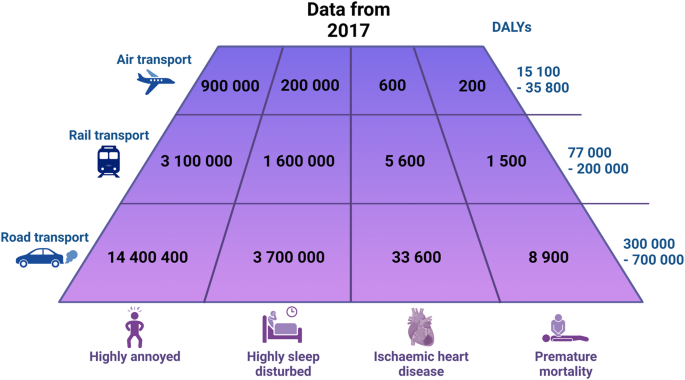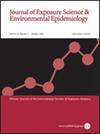噪音与心理健康:证据、机制和后果。
IF 4.1
3区 医学
Q2 ENVIRONMENTAL SCIENCES
Journal of Exposure Science and Environmental Epidemiology
Pub Date : 2024-01-26
DOI:10.1038/s41370-024-00642-5
引用次数: 0
摘要
人们越来越认识到,噪声暴露是决定公众健康的一个重要环境因素。近年来,有大量证据表明,环境噪声暴露主要与心血管疾病有关,但我们对噪声对大脑和心理健康的有害影响的了解仍然有限。尽管这是一个新兴的研究领域,但越来越多令人信服的研究和确凿的发现证实,暴露于噪声,特别是来自交通等噪声源的噪声,可能会对中枢神经系统产生潜在影响。噪声的这些危害会增加儿童和青少年患抑郁症、焦虑症、自杀和行为问题等精神疾病的可能性。从机理的角度来看,一些研究提出了噪声对脑组织的直接不利表型变化(如神经炎症、脑氧化应激),此外还有远端器官损伤、免疫细胞失调和昼夜节律受损等反馈信号,这些因素可能共同导致噪声对心理健康的损害。这篇将噪声暴露与心理健康结果联系起来的简明综述旨在通过评估目前涉及人类和动物的研究结果来填补研究空白。本文章由计算机程序翻译,如有差异,请以英文原文为准。


Noise and mental health: evidence, mechanisms, and consequences
The recognition of noise exposure as a prominent environmental determinant of public health has grown substantially. While recent years have yielded a wealth of evidence linking environmental noise exposure primarily to cardiovascular ailments, our understanding of the detrimental effects of noise on the brain and mental health outcomes remains limited. Despite being a nascent research area, an increasing body of compelling research and conclusive findings confirms that exposure to noise, particularly from sources such as traffic, can potentially impact the central nervous system. These harms of noise increase the susceptibility to mental health conditions such as depression, anxiety, suicide, and behavioral problems in children and adolescents. From a mechanistic perspective, several investigations propose direct adverse phenotypic changes in brain tissue by noise (e.g. neuroinflammation, cerebral oxidative stress), in addition to feedback signaling by remote organ damage, dysregulated immune cells, and impaired circadian rhythms, which may collectively contribute to noise-dependent impairment of mental health. This concise review linking noise exposure to mental health outcomes seeks to fill research gaps by assessing current findings from studies involving both humans and animals.
求助全文
通过发布文献求助,成功后即可免费获取论文全文。
去求助
来源期刊
CiteScore
8.90
自引率
6.70%
发文量
93
审稿时长
3 months
期刊介绍:
Journal of Exposure Science and Environmental Epidemiology (JESEE) aims to be the premier and authoritative source of information on advances in exposure science for professionals in a wide range of environmental and public health disciplines.
JESEE publishes original peer-reviewed research presenting significant advances in exposure science and exposure analysis, including development and application of the latest technologies for measuring exposures, and innovative computational approaches for translating novel data streams to characterize and predict exposures. The types of papers published in the research section of JESEE are original research articles, translation studies, and correspondence. Reported results should further understanding of the relationship between environmental exposure and human health, describe evaluated novel exposure science tools, or demonstrate potential of exposure science to enable decisions and actions that promote and protect human health.

 求助内容:
求助内容: 应助结果提醒方式:
应助结果提醒方式:


